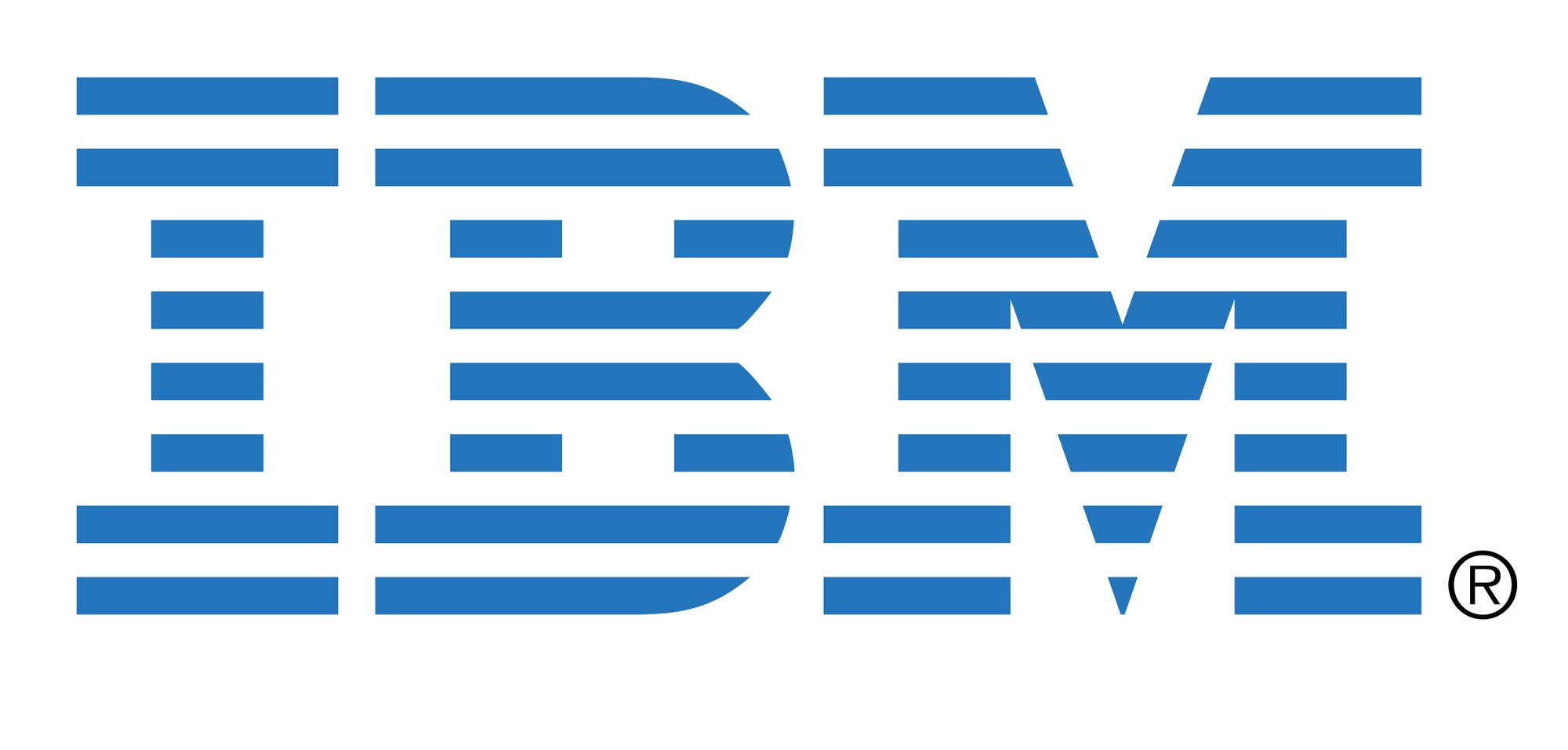Many institutions go through a regular process of technology acquisition: identify a tactical goal – improve retention rates, for example – and then select a solution that supports efforts to meet that goal. This process aims at an immediate need. Recently, however, we see an increasing number of leaders pivot away from this approach to something more aspirational, such as whether a given solution helps foster institution-wide innovation or delivers a rounded, vibrant student experience.
Underlying this difference is the realization that the acquisition of educational technology is much different than the addition of personal technology – it should be less about whether it helps solve X or Y and more about whether it helps the institution become X or Y. Leaders at the University of North Carolina and The Ohio State University, for example, have put in place guidelines to better manage the entire educational technology ecosystem. These guidelines - sometimes called “design principles" - live between the technology and the institution's strategic goals and helps to keep the two aligned.
How might this work? Well, an institution might aim to become a world-class research center and one that provides a distinctive student experience. To support this, it may then decide that the fundamental design principles for supporting educational technology are agility and interoperability – and ensure coherent working relationships across the organization. These principles, along with the features of a given piece of technology, then shape the process of technology acquisition.
In our work, we often hear institutions call out three other critical design principles:





- Maintainability: Whether the solution can be adapted or reused to meet more than one need.
- Compatibility: Whether the solution can share information with other solutions such that users can benefit.
- Efficiency: Whether the solution drives cost and time savings.

ExtensionEngine (Maintainability)
To many, ExtensionEngine may seem a cross between an online program manager and an online course provider. Our take is that it is a solution-agnostic and flexible platform that allows institutions to bring together different systems to support the development of distinctive, high quality online courses. Online courses are now a commodity. ExtensionEngine helps an institution develop courses more attuned to mission and the characteristics and preferences of particular departments and programs, as well as adapt to future technologies and techniques.
TargetX (Maintainability)
When considering a constituent management relationship (CRM) system, the fundamental questions are usually operational: handling workflows, tracking individuals, data integration, etc. While TargetX checks these boxes, it also aims to address a different question: could an institution leverage a CRM in a student-centered way, where engagement is the end goal? For those institutions that want to have an ecosystem that revolves less around its staff and more around its students, TargetX is positioning itself as a serious player.
IBM (Compatibility)
IBM’s history is as a producer of hardware, but today a big focus is data integration across disparate systems to drive enterprise value. Its suite of integration solutions, we feel, gets right at the heart of that challenge. Instead of focusing on domain-specific data solutions for enrollment, advancement, etc., an institution looking for a single enterprise data layer should consider IBM.
Lingk (Compatibility)
Like IBM, Lingk exists in the world of data integration. What distinguishes them, however, is their view of what a successful integration entails – the immediate use of the exchanged data. While many products merely focus on the mechanics of moving data from one system to another, Lingk seeks to ensure that systems understand shared data elements and the relationship between them. It makes unique use of the Common Education Data Standards – a national voluntary initiative to create a common education data vocabulary - to standardize both source and target data.

